It can be quite frustrating to find holes in your cabbage leaves especially considering the amount of money and time you have spent growing them. Moreover, many times, it can also be very difficult to figure out what is causing these holes or eating your cabbage leaves and how to fix it.
Cabbage is a member of the Brassica genus and one of the most grown vegetables in the world. As a member of the Brassica family, cabbages are closely related to broccoli, Brussel sprouts, rutabaga, and cauliflowers. In this article, find out what is eating my cabbage leaves.
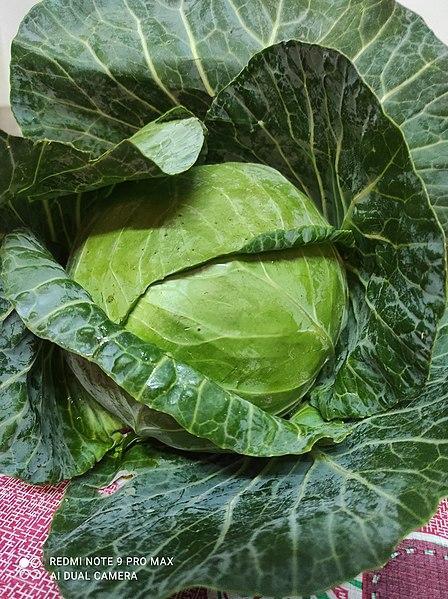
Aphids, mites, and chipmunks might be the reasons you are finding holes in your cabbage leaves.
Most times, these holes are caused by a variety of pests ranging from aphids, mites, and worms to snails, slugs, chipmunks, and deers. Insects cause considerably less damage to the leaves compared to larger animals which can damage the entire plant.
Read on to learn more!
What is Eating My Cabbage Leaves
1. Aphids
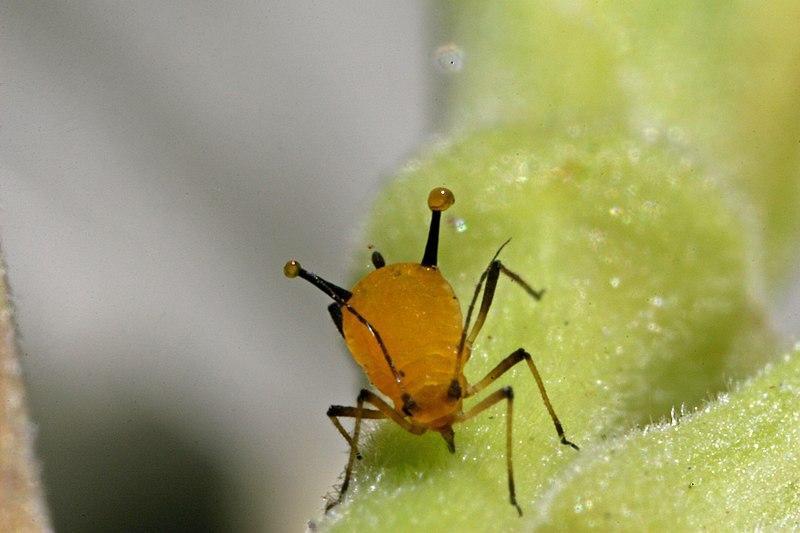
Aphids are common garden pests that like to feed on cabbages.
Aphids are tiny soft-bodied insects that feed on the leaves of plants, including cabbage. They cause red and green patches on the leaves, which eventually turn brown and fall off. The aphids are usually white or yellow with black spots, but sometimes they can be black or brown.
Aphids reproduce by parthenogenesis and are not true insects. They do not have wings or antennae. The most common species of Aphid found in gardens is the green peach aphid, Myzus persicae, also known as the black mealybug.
Control
An Aphid infestation should be treated as soon as possible because it can spread quickly if left untreated. There are many different ways to control aphids, such as spraying your plants with insecticidal soap or horticultural oil.
In addition, you can try growing your cabbage in pots rather than in the ground, which will reduce the amount of leaf surface exposed to aphids.
RELATED: Aphids on Indoor Houseplants: 10+ Smart Ways to Get Rid of Them!
2. Moths
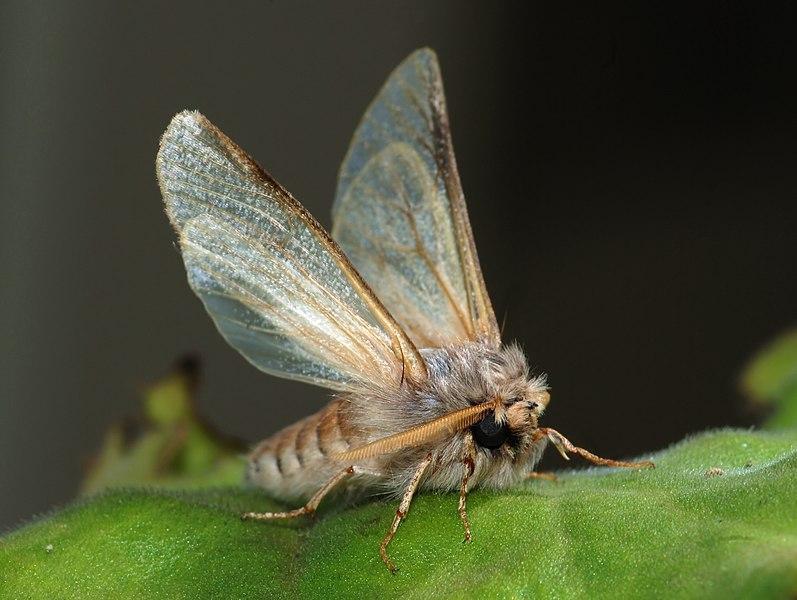
Moths are common garden pests that cause damage to numerous plants.
Moths can be very destructive to your garden if they get into your plants while they are still young or if new growth is developing on them. Moths eating cabbage leaves is a common problem in gardens and farms and the Cabbage moth, Botys tinctella, is the most common species of moth found on cabbage plants.
These moths lay eggs on cabbage plants in clusters. These eggs hatch into caterpillars that feed on leaves, flowers, and young developing heads of cabbage plants.
Control
The best way to control these moths is through the use of insecticide sprays or soaps such as pyrethrins or rotenone. However, there are other ways of managing their population, such as cleaning the garden and removing any debris that might attract them.
You can also try putting moth-repelling plants in or near your cabbage patch to keep them away from your plants.
RELATED: Winter Moths: How to Get Rid of These Houseplant Enemies?
3. Cabbage Worms

Although small, these worms are destructive to your cabbage plants.
Cabbage worms are caterpillars that eat cabbage leaves. Their adult butterflies are known as Cabbage whites or Small whites. These worms are tiny, about 1/2 inch long, white with black stripes on their backs.
Their bodies are covered with fine hairs that can get caught in your fingers if you try to remove them from the cabbage.
Control
If you see these worms in your garden, there are a few ways you can get rid of them. You can prevent these pests’ access to your plants by using floating row covers to protect raised beds, individual plants, or sections.
Another effective way to get rid of these worms is to utilize the biological control method by using beneficial insects such as parasitic wasps. In addition, pesticides containing Bacillus thuringiensis can also be used to get rid of these worms.
4. Mites
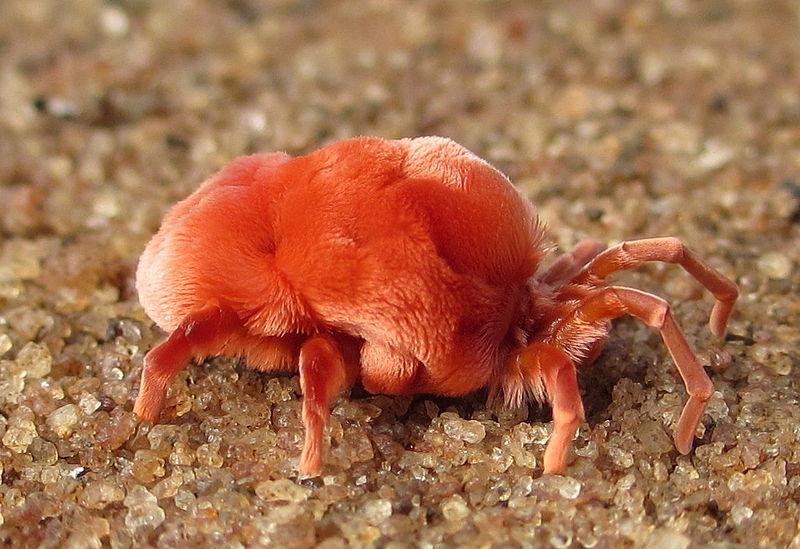
These pests are tiny, but they cause very significant damage to your cabbages.
Mites like to live on the surface of leaves and stems of plants like cabbages. They are very small and difficult to see but can be seen with a hand lens. Mites are tiny, about 1/8th inch long, with six legs on each side of the body.
The female mites lay hundreds of eggs in small clusters on the cabbage leaves. The eggs hatch into larvae that feed on the plant’s cells until they reach maturity.
Control
Mites feed on plant juices and can even eat their way through the leaf’s veins, causing holes in the leaf. If you’ve seen this kind of damage on your cabbage leaves, you should spray the plants with insecticidal soap, such as Bio-safe, or a horticultural oil such as Neem oil.
RELATED: Russet Mites vs. Spider Mites: Their Differences and Management For Plant Good
5. Slugs And Snails
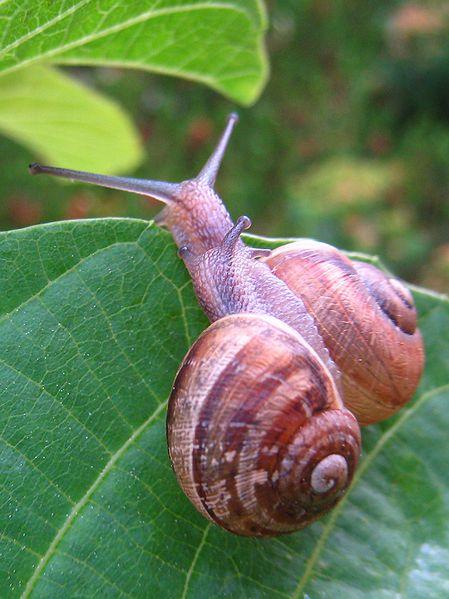
Cabbage leaves are a favorite of slugs and snails.
Slugs and snails love to eat cabbage leaves, especially if the leaves are young and tender. Unfortunately, the damage caused by these slugs and snails usually leaves the plants vulnerable to damage from other pests such as aphids and worms.
Control
To prevent these slugs and snails from damaging your plants, you can use pesticide, insecticidal soap, or neem oil as a repellent or barrier between the slugs and snails and your cabbage plants.
Another means of controlling these pests is by using worm castings around the base of each row of cabbages to repel slugs away from the roots.
You can also try adding garlic cloves to your compost pile. Garlic is an effective repellent for these pests, so it is worth trying if you don’t want to use chemical pesticides on your plants.
6. Chipmunks
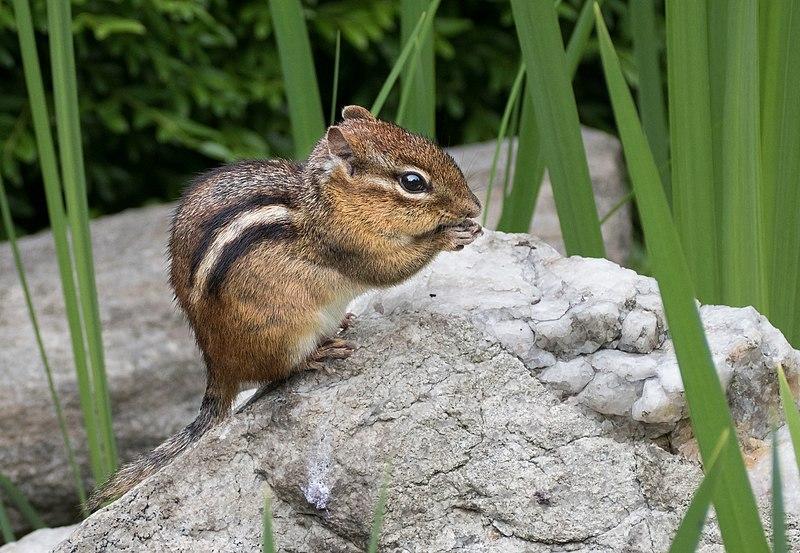
Chipmunks and other rodents can be detrimental to the growth of your cabbages.
Chipmunks are a common problem in the garden, eating the flowers and seeds of plants, including cabbages. Chipmunks are rodents with short furry tails and large eyes. Hopi Chipmunks are the most common species of chipmunks that love to eat cabbage leaves.
Control
A chipmunk can dig up a cabbage plant quickly and then move on to other plants in the garden. A garden with plenty of covers, such as tall grass or shrubs, may help deter them from digging up your cabbage plants.
7. Deers
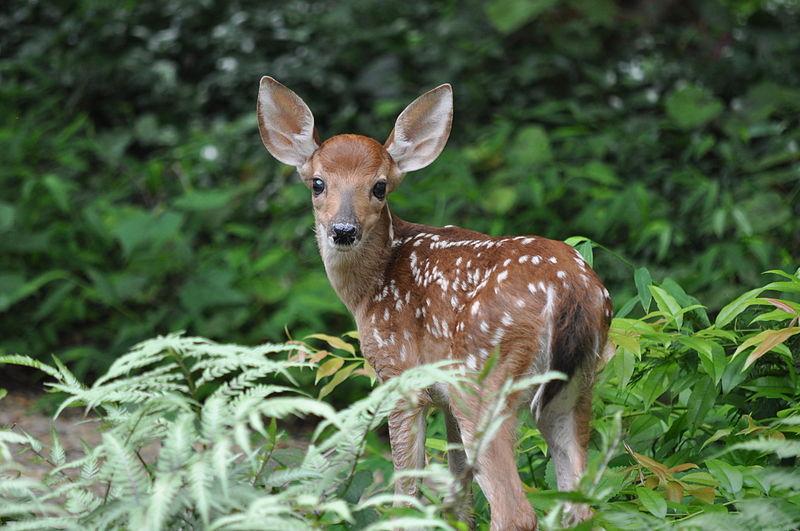
Large garden pests like deers can be responsible for the complete destruction of the plants in your garden.
Deers are specialized herbivores that eat plants, including cabbages. These large animals can eat your cabbage leaves and even cause greater damage to your garden because of their size.
Control
One way to get rid of these deers is to use barriers. For example, you can use obstacles such as chicken wires or plastic nettings to cover your cabbage plants to prevent these animals from eating them. Another way is fencing. However, you should ensure the fence is high enough so the deer cannot jump over it.
Final Thoughts
In conclusion, you should always take the proper precautions to prevent your cabbage leaves from being eaten by these garden pests. The following are the precautions to take:
- Remove any wilted leaves from the garden.
- Trim back the crowns of all cabbage plants to about two inches above the soil line. This will help keep the plant compact and discourage pests from entering through its base or crown.
- Keep cabbage plants well watered during dry periods but do not allow them to become soggy or waterlogged when it rains. It will encourage cabbage root maggots to feed on the roots of your cabbage plants, causing them to rot quickly.
Frequently Asked Questions
What can I put on my cabbage to keep the bugs from eating it?
Certain plant scents can deter pests that feed on cabbage. For example, butterflies, moths, and other cabbage pests are repelled by the aromas of sage, garlic, peppermint, thyme, and rosemary. Therefore, it could be a good idea to plant lines of these plants on either side of your cabbage.
What do you spray cabbage with?
Pests in the cabbage family can be managed by spraying with Bacillus thuringiensis every one to two weeks. Sevin is also effective. A modest amount of detergent or another surfactant mixed with water can also be used to wash away the few pests that still linger on the crops.
How do I get rid of cabbage caterpillars?
If you want to keep butterflies from reaching the leaves of your plants, cover them with horticultural fleece or fine netting. Regular inspections of plants should be performed, and caterpillars should be removed by hand if you find any. Grow some nasturtiums as a sacrificial crop as well, and transfer any caterpillars that you see on your brassicas to the leaves of the nasturtiums.
Should you cut off leaves with holes?
You should remove the leaf from the tree or plant if the bug has damaged it more than halfway. The same holds true if pest damage has caused the leaves to yellow or turn brown. The other healthy leaves will receive more nutrients by removing the afflicted leaves.
What does a cabbage moth look like?
Adult cabbage moths measure approximately 10 millimeters in length and have a diamond-shaped pattern on both of their wings. The more common cabbage white butterfly is around 40 millimeters in size, with white wings with small black patches at the corner of each wing, and feeds on cabbage leaves.
How do you get rid of leaf-eating bugs?
Regularly spraying the leaves to keep them moist is one of the finest strategies to fend off pests. In addition, you should often dust and clean the leaves to stop these mites from laying eggs on the leaves. However, consider a homemade pest spray for indoor plants comprised of water and neem oil for severe situations.
Does homemade insecticidal soap work?
Soaps containing insecticides are effective against various pest insects, including mites, aphids, thrips, white flies, and immature leafhoppers. The soap’s fatty acids break down the exoskeleton of the insects, causing them to dehydrate. This foaming cure is popular among gardeners since it works well and is less harmful to the environment.
Sources For Further Reading
A quick guide to insects and diseases of broccoli, cabbage, and cauliflower. (2022). Retrieved 22 July 2022, from https://extension.umn.edu/plant-diseases/insects-and-diseases-cole-crops
Cabbage, Broccoli & Other Cole Crop Insect Pests. (2022). Retrieved 22 July 2022, from https://hgic.clemson.edu/factsheet/cabbage-broccoli-other-cole-crop-insect-pests/
Managing Pests in Gardens: Vegetables: – Cabbage – Brassica oleracea var. capitata
Family Brassicaceae (Mustard family). (2022). Retrieved 22 July 2022, from http://ipm.ucanr.edu/home-and-landscape/cabbage/
Editor’s Recommendations
Types of White Spiders – A Complete Identification Guide, Fun Facts and more
How to Get Rid of Wireworms Effectively?
Types of Green Caterpillars with Fun Facts, Stunning Pictures and Loads More!!!







